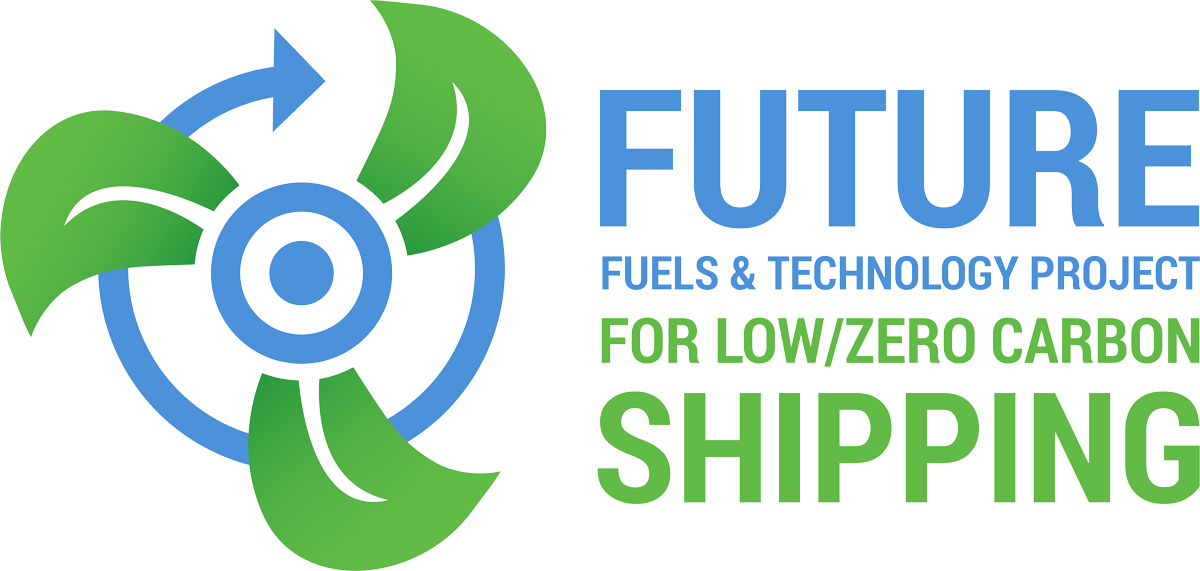
FAQ
Fuel Cell
Fuel cells convert hydrogen and oxygen into electricity and heat and emit only pure water. Because hydrogen fuel cells have zero noise and no moving parts they create no sound or vibration both on board and in marine ecosystems.
Multi-Megawatt (MW) Fuel cells are currently being used to generate power in stationary applications with >1MW systems being used in port marine environments for over a decade. In maritime shipping applications, fuel cells have been used in seagoing vessels, including passenger vessels and submarines, for over 30 years. Source: Zestas
FAQs
-
What is a fuel cell stack?
What is a fuel cell stack?

-
How do fuel cells work on a ship?
How do fuel cells work on a ship?

-
What are the risks from fuel cell systems and how are these mitigated?
What are the risks from fuel cell systems and how are these mitigated?

-
What safety standards exist for fuel cells?
What safety standards exist for fuel cells?

-
What are the benefits of PEM fuel cells?
What are the benefits of PEM fuel cells?

What is a fuel cell stack?
Several unit fuel cells are arranged in series into a so-called fuel cell stack to match voltage and power levels required in different applications. (From PowerCell Sweden AB) Such PEM-stacks are the building blocks of larger fuel cell systems. (From Nedstack Fuel Cell Technology BV)
Fuel Cell Stack – Image courtesy of Nedstack Fuel Cell Technology BV
A fuel cell stack is in itself a completely passive component which needs to be integrated into a fuel cell system to generate power. (From PowerCell Sweden AB)




